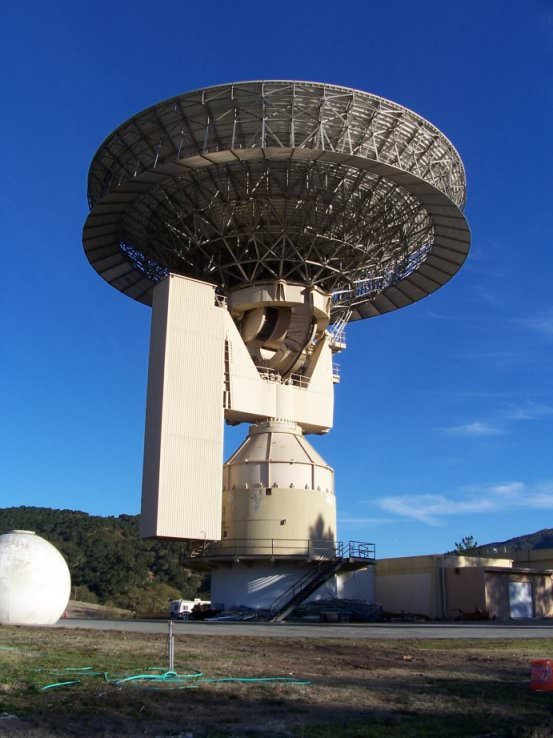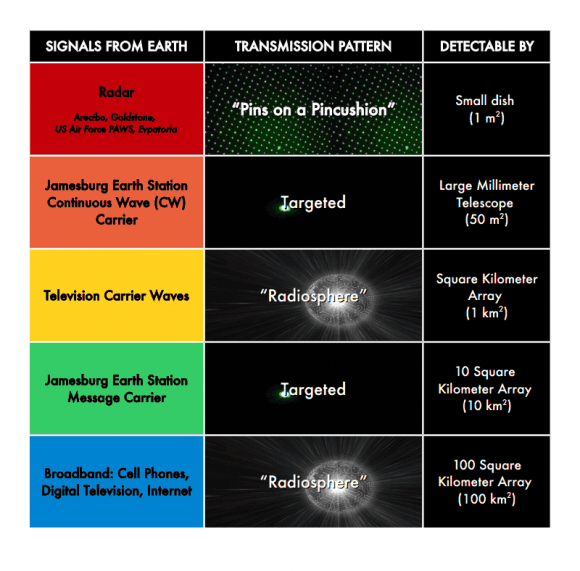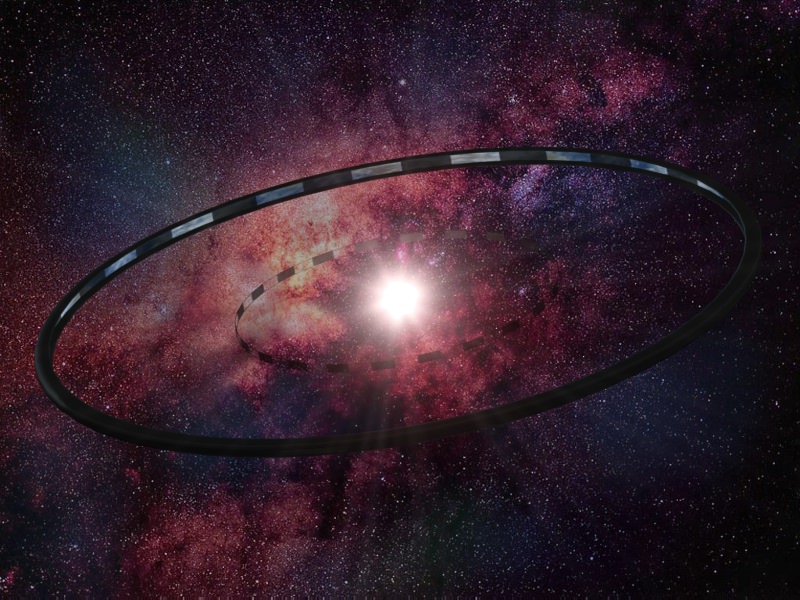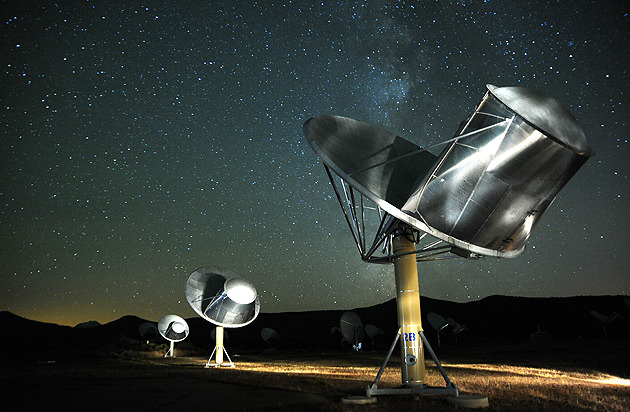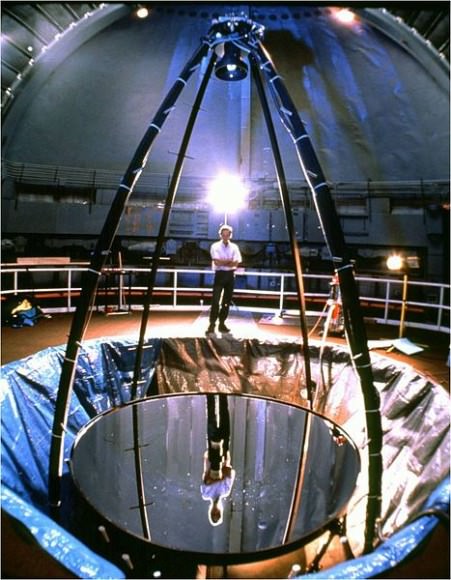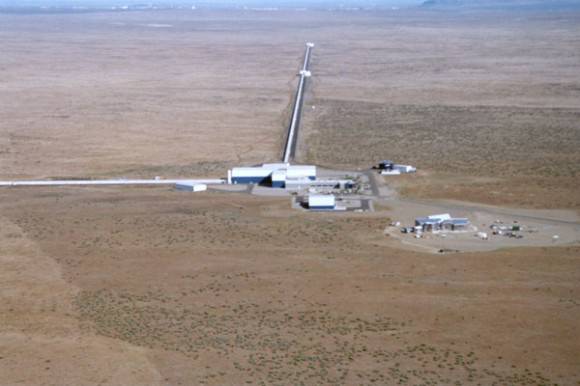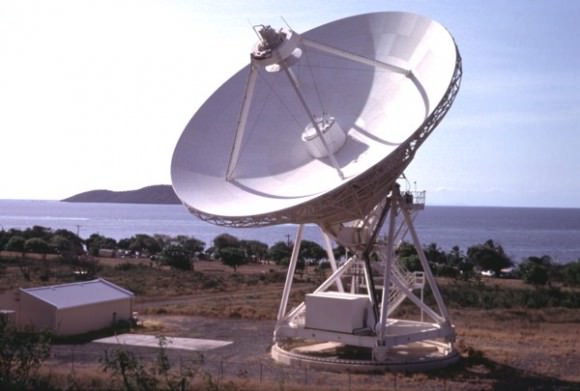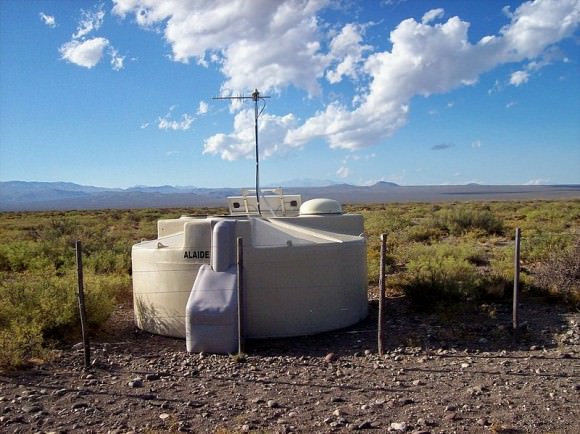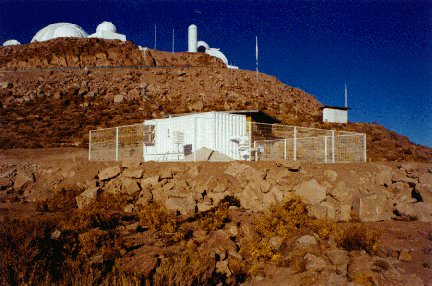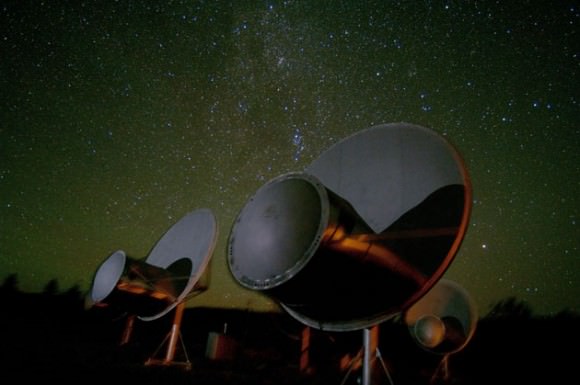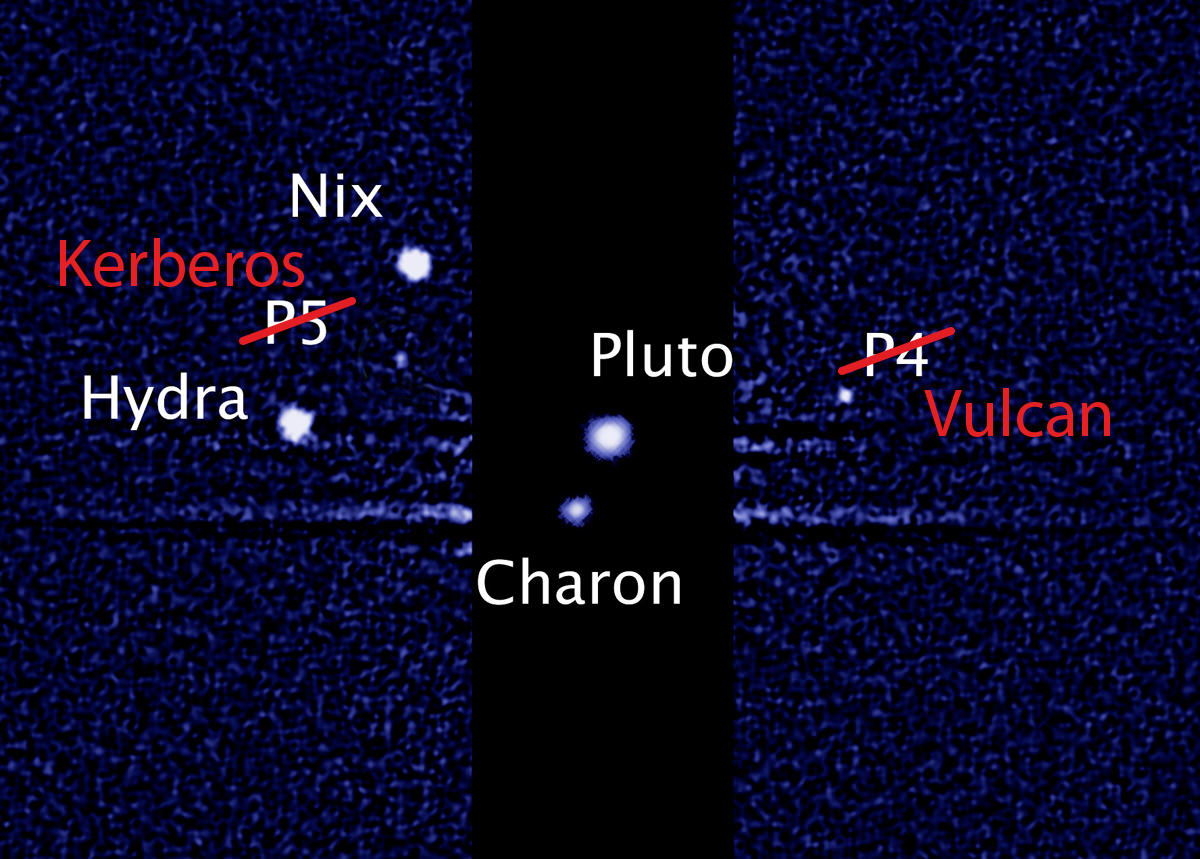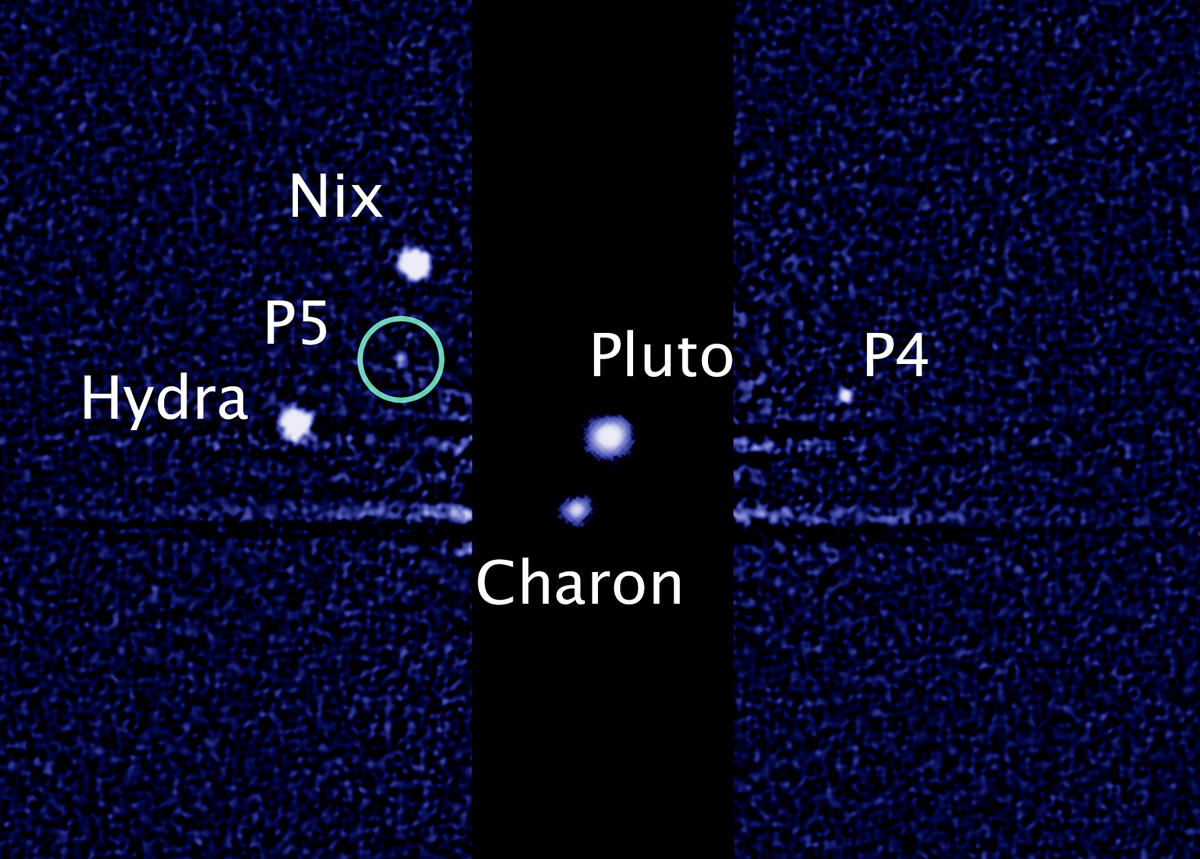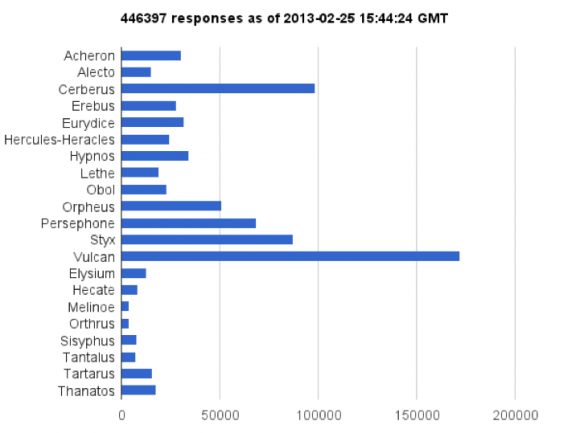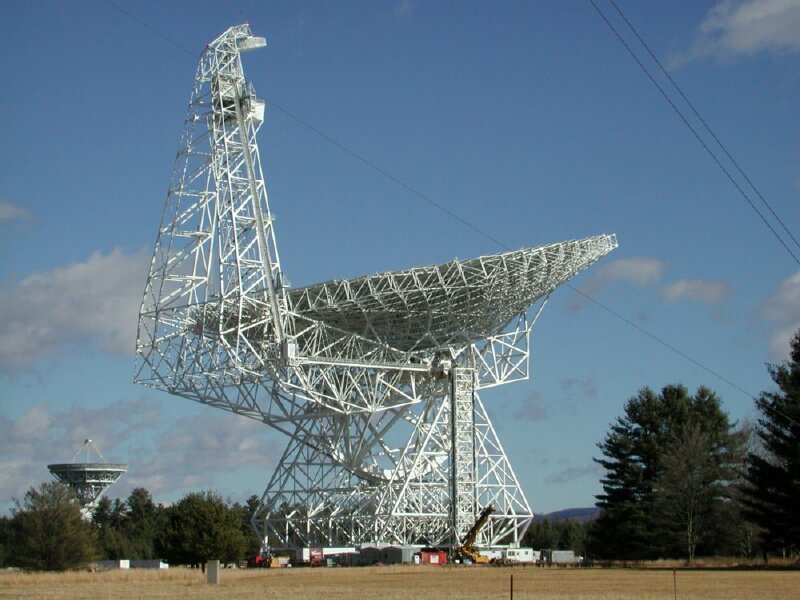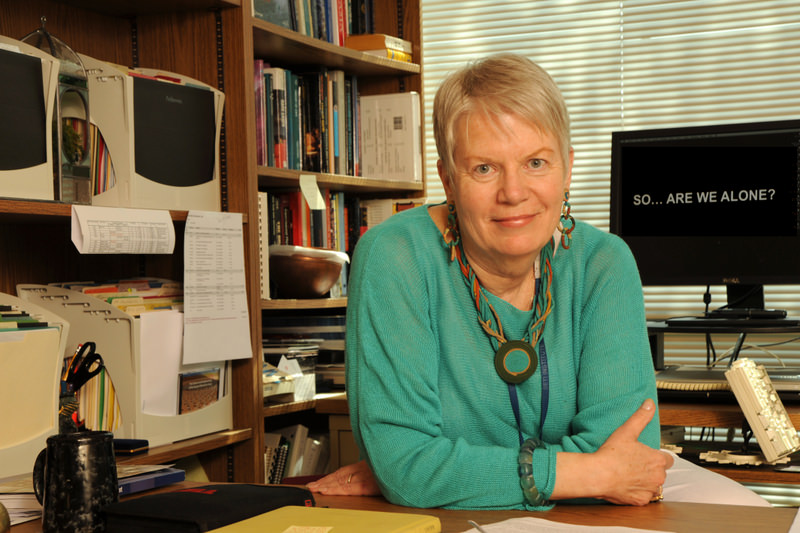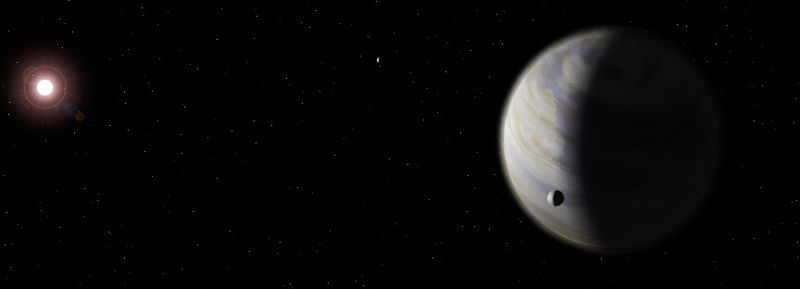In Star Trek lore, money doesn’t exist in the 24th century. But sometime in the 21st century, when we (hopefully) can go to a Bigelow orbiting space hotel or spend a weekend at a colony on the Moon, how are we going to pay for it? Global e-commerce company PayPal has a plan. They’ve teamed up with SETI and other space folks to launch PayPal Galactic, an initiative that PayPal says will address the issues to help make universal space payments a reality.
While this doesn’t seem to be an immediate need, PayPal wants to be ready … I presume. But as of this writing, the PayPal Galactic website doesn’t seem to be up and running yet.
The launch of PayPal Galactic is in conjunction with PayPal’s 15th anniversary, as well as a new crowdfunding campaign for SETI, called Curiosity Movement.
“PayPal and the SETI Institute are well-matched to work on PayPal Galactic because together we can create a recipe for innovation,” said Jill Tarter, from the SETI Institute. “PayPal envisions exploring possibilities in space the way that we do, breaking boundaries to make real progress. When the SETI Institute succeeds in its exploration of the universe, and as we find our place among the stars, PayPal will be there to facilitate commerce, so people can get what they need, and want, to live outside of our planet.”
Apollo 11’s Buzz Aldrin even was part of a webcast to launch PayPal Galactic.
“Trips to Mars, the moon, even orbit will require we provide astronauts and astro-tourists with as many comforts from home as possible, including how to pay each other,” said astronaut and author Buzz Aldrin, who is on-board with PayPal’s plans. “Whether it’s paying a bill, or even helping a family member on Earth, we’ll need access to money. I think humans will reach Mars, and I would like to see it happen in my lifetime. When that happens I won’t be surprised if people use PayPal Galactic for the little things and the big ones.”
PayPal’s President David Marcus (no, not THAT David Marcus from Star Trek) says that as space travel opens to ‘the rest of us’, this drives questions about the commercialization of space.
“We are launching PayPal Galactic, in conjunction with leaders in the scientific community, to increase public awareness of the important questions that need to be addressed,” he said in a press release. “We may not answer these questions today or even this year, but one thing is clear, we won’t be using cash in space. PayPal has already pushed payments onto the Internet, onto mobile phones and across terrestrial borders. We now look forward to pushing payments from our world to the next, and beyond.”
These are the questions PayPal hopes to answer:
• What will our standard currency look like in a truly cash-free interplanetary society?
• How will the banking systems have to adapt?
• How will risk and fraud management systems need to evolve?
• What regulations will we have to conform with?
• How will our customer support need to develop?
PayPal says this system could even help astronauts on the International Space Station be able to pay their bills back on Earth or be able to pay for e-books or online music.
But check out SETI’s Curiosity Movement, which hopes to “unite with curious thinkers across the globe in helping to expand our research and continue the search for answers on Earth and beyond.”


